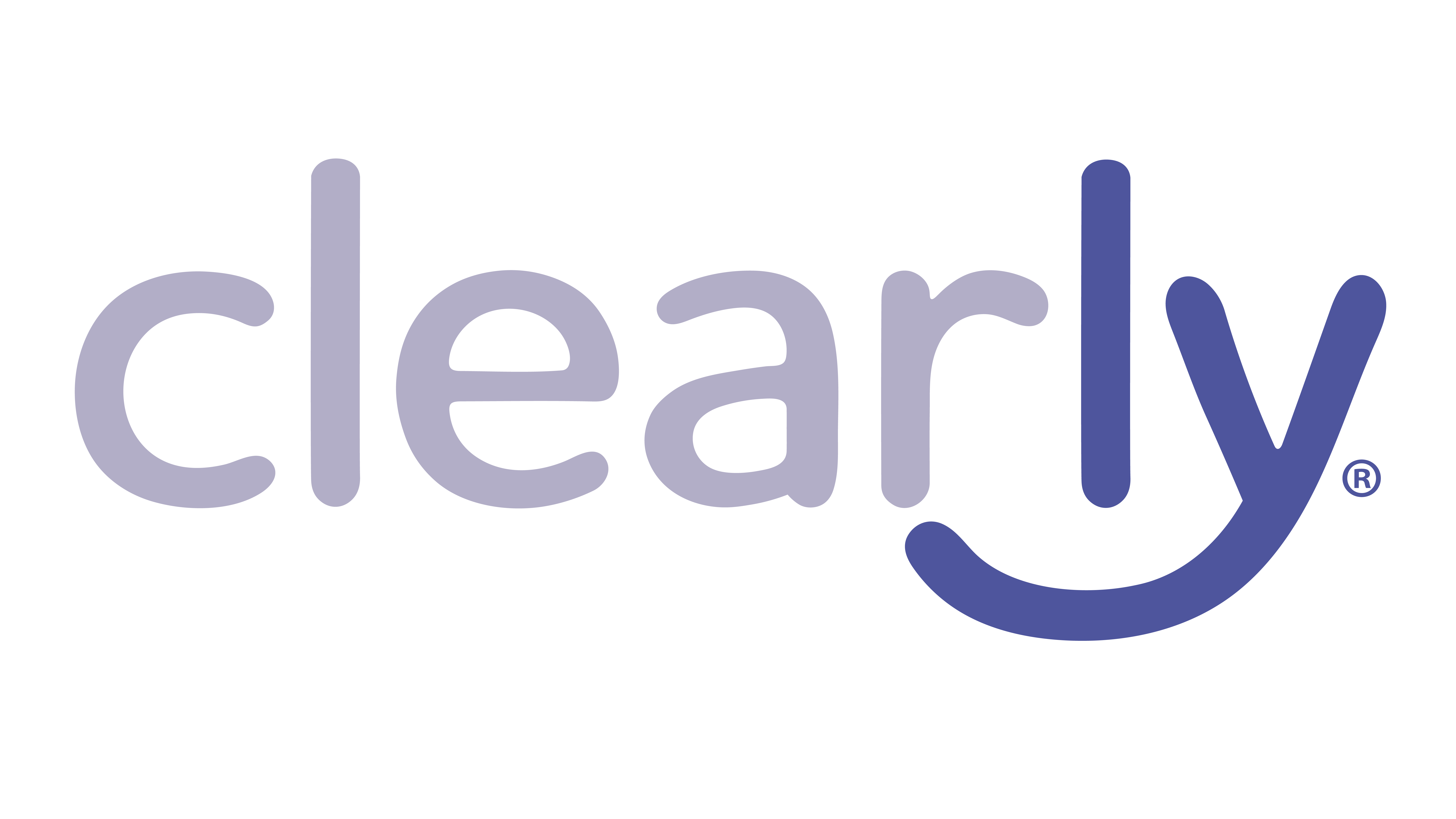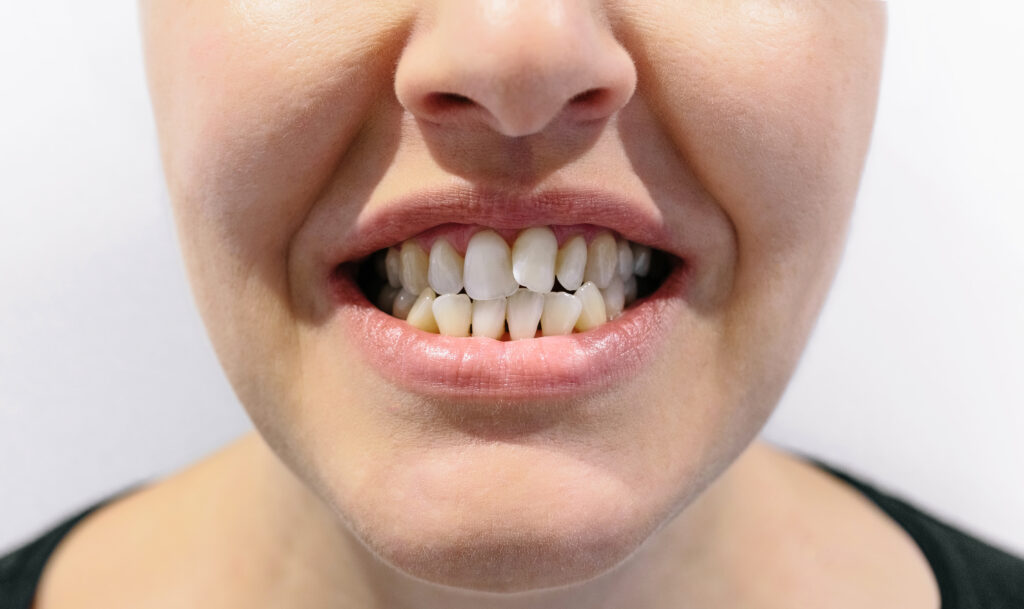
Now what? What to do when teeth don’t move using clear aligners:

Are you a dentist who has recently begun offering clear aligner treatment to your patients? If so, you may have noticed that sometimes the teeth don’t move as they should. This can be frustrating and confusing for both patient and clinician alike. Don’t worry – there are things you can do when this happens! In this blog post, we’ll discuss what steps to take when teeth don’t move using clear aligners, so keep reading if you want to learn more!

- Understand that tooth movement is unpredictable and plan accordingly
- Make sure there is enough space available before beginning treatment
- Ensure patients are compliant with retainers as prescribed by the treatment plan.
By following these tips, you can help your patients avoid the frustration of unmoving teeth during treatment.
When attempting to create predictable tooth movement using clear aligners, it is necessary to consider the use of auxiliaries. Auxiliaries can help to ensure that the desired tooth movement is achieved in a predictable manner. These auxiliaries can be used as a complement to create controlled, uniform force on the teeth and also prevent unwanted tooth movement. If the desired tooth movement is not possible without auxiliaries, such as when trying to stabilize a third molar into the ascending ramus of the mandible or pure extrusion of lateral incisor, then it may be necessary to explore this option. However, if your patient is compliant and predictable tooth movement can be achieved without auxiliaries, then it is not necessary to use them. It is important to take the time to assess your patient’s individual needs and consider all available options before making a decision.
Also, it is important to understand why a patient’s teeth movement may not be as successful as expected. When attempting to extrude a patient’s tooth in order to bring it into a narrower space, there must be enough room for the tooth to fit. If the patient is compliant but the movement of the tooth is not as predicted, there may be friction occurring that prevents the teeth from moving properly. Understanding and addressing this issue can help ensure successful dental treatments.
When it comes to dealing with teeth that aren’t moving as expected, it’s important for both the dentist and patient to take a step back and review the situation. There needs to be an understanding of how the teeth are meant to move, and whether or not there is enough space for them to do so. It’s essential to have a chair-side lighting strip so that the interproximal contacts can be monitored and assessed, as well as to ensure compliance. By doing this regularly, it allows for any problems such as contact or friction in between the teeth to be identified and dealt with. This helps to ensure that the teeth will eventually move into their correct positions as intended. The dentist and patient must work together to ensure successful treatment.
Additionally, it’s important for the dentist to review the progress of the teeth movement regularly with their patients. This helps to build a good relationship between them, as well as providing peace of mind that everything is going according to plan. With consistent monitoring and regular check-ups,


When dealing with complicated cases that require more attention, you will need to take the time to consider all of your options. Elastic attachments are one way you can address these issues without jumping straight into the more costly and uncomfortable refinement process. Bootstrap elastics work by attaching a button on both the facial and lingual surfaces of a single tooth, allowing it to move into place before moving on to the next tray. Another option is an intermaxillary elastic that forms a triangle with two buttons on the lower arch and one on the upper arch, which can be used to bring down or rotate a canine. Taking your time with these more complicated cases will ensure better results and less overhead in the long run.
We hope you’ve enjoyed learning more about how Clearly® can help grow your practice and make dental care easier for both you and your patients. Now that you know what this amazing technology has to offer, why not take the next step? Reach out to us today so we can get started helping you set up a system in your office.
Our team of experts are here to answer any questions or concerns that may come up during the process. Take advantage of our special offers on packages customized to meet the needs of your business; let’s work together towards making quality patient-centered care accessible!